Soldering is a technique that combines two or more metal pieces by heating them with a soldering iron and applying a filler metal called solder. The solder melts and flows into the joint between the metal pieces, creating a strong mechanical and electrical connection. This essay will discuss the correct way to solder, including the materials and tools needed, the proper technique, and safety precautions.
The first step in soldering is to gather the necessary materials and tools. You will need a soldering iron, a solder, a soldering iron stand, and a damp sponge or brass wire. The soldering iron should be rated for the type of metal you will be soldering and equipped with a fine tip. The solder should be made of a low-melting-point metal alloy, such as tin and lead, and should be the appropriate size for the joint you will be making.
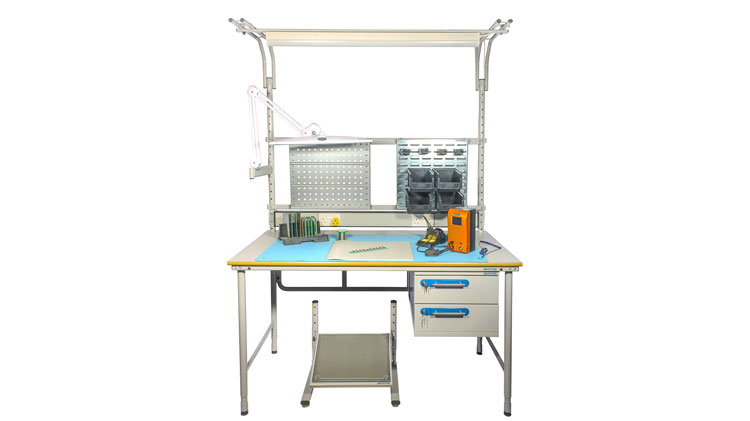
Next, prepare the area where you will be soldering by cleaning the metal pieces thoroughly with a wire brush or sandpaper. This will remove any dirt or oxidation that could interfere with the soldering process. Once the metal pieces are clean, place them in the desired position and clamp them together if necessary.
Now it's time to heat up the soldering iron. Allow it to heat up for a few minutes or until the tip is hot enough to melt the solder. Once the iron is hot, apply a small amount of solder to the iron's tip. This is called "tinning," which will help the solder flow more easily when applied to the joint.
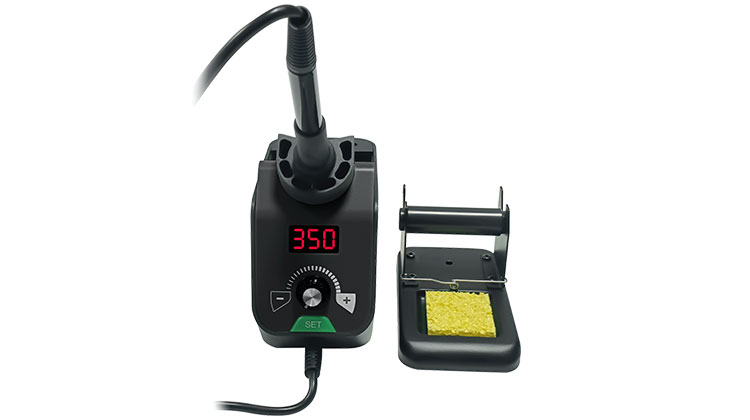
Now, position the tip of the iron against the joint and touch the solder to the joint. The solder should melt and flow into the joint, creating a strong mechanical and electrical connection. Keep the iron in contact with the joint until the solder has completely cooled and solidified.
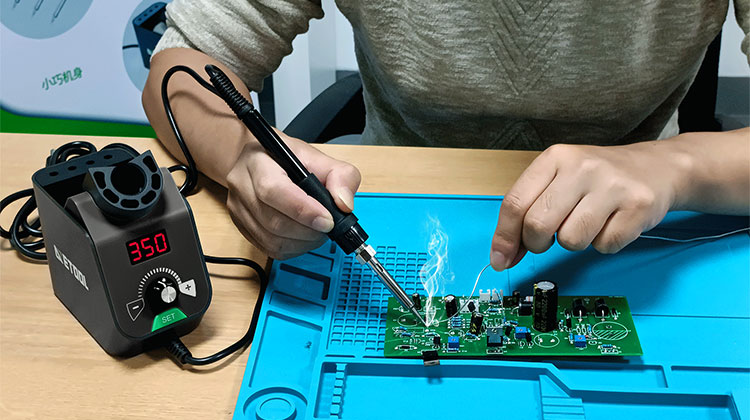
After the solder has cooled, inspect the joint to ensure it is smooth and free of voids or gaps. If necessary, use a file or sandpaper to smooth out any rough edges.
It is important to note that safety precautions should be taken when soldering. Soldering irons can get very hot and cause burns if not handled properly. Always use a soldering iron stand to keep the iron in a safe place when not in use, and use caution when handling the iron. Keep the soldering iron and the metal pieces being soldered away from flammable materials, and wear protective gear, such as gloves, to protect your skin.
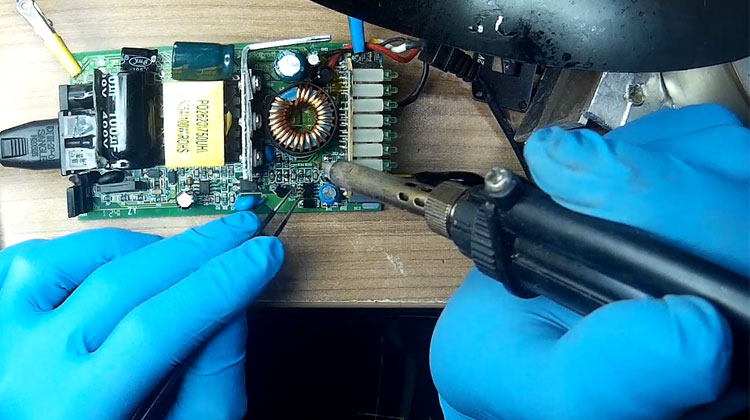
It's also important to note that not all metal types can be soldered. Some metals, such as aluminum and stainless steel, have a high melting point and are unsuitable for soldering. Additionally, certain metal plating and coatings, such as chrome or zinc, can also prevent solder from adhering properly. Before starting a soldering project, it's important to verify that the metal pieces you will be working with can be soldered.
Another important aspect of soldering is choosing the right type of solder. Solder is typically made of a low-melting-point metal alloy, such as tin and lead. However, there are different types of solder available, each with its unique properties. For example, rosin core solder contains a flux that helps to clean the metal surfaces and promote a strong bond. Lead-free solder is also available for those who prefer to avoid using lead.
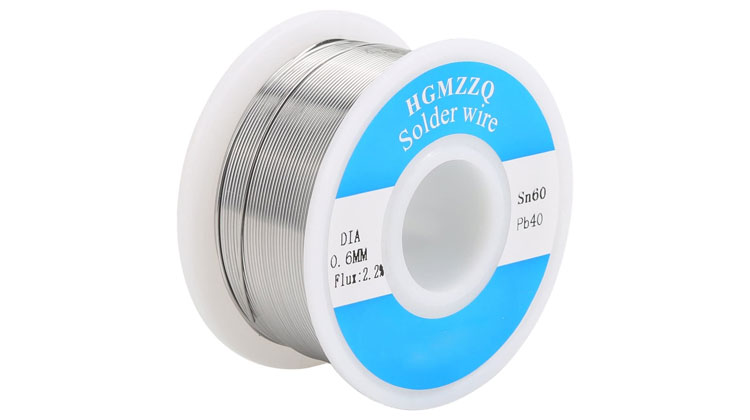
Another technique often used in conjunction with soldering is "fluxing." Flux is a material applied to the metal surface before soldering to help clean and prepare the surface for soldering. It also helps to prevent oxidation during the soldering process. Flux is typically applied using a brush or a dropper and is removed after soldering by cleaning the joint with water or an appropriate cleaning solution.
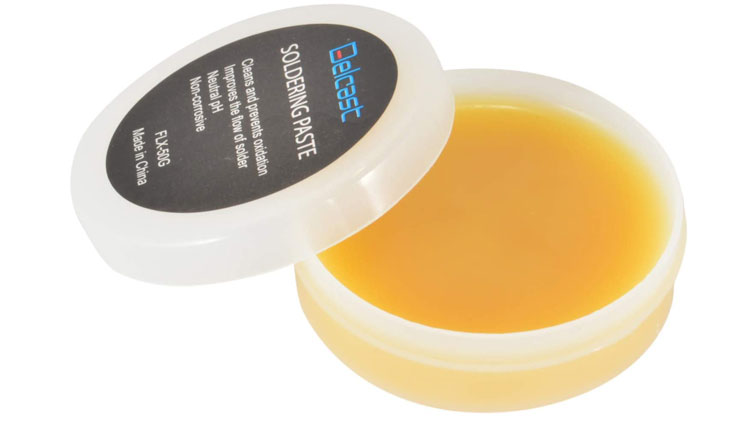
In addition to the traditional method of using a soldering iron, other soldering methods are useful in certain situations. For example, soldering with a torch can be useful for larger projects or when working with thicker metal pieces. Soldering with a gun is another alternative, and it is useful for projects that require a lot of soldering and desoldering.
Finally, it is important to note that soldering is not a permanent solution. Over time, the soldered joint can weaken and may need to be re-soldered or repaired. To extend the life of a soldered joint, it should be protected from excessive heat and vibration and should be inspected regularly for signs of wear.
In summary, soldering is a technique that combines two or more metal pieces by heating them with a soldering iron and applying a filler metal called solder. The correct way to solder includes gathering the necessary materials and tools, preparing the area, heating the soldering iron, applying the solder, inspecting the joint, and taking safety precautions. There are different solder types available and soldering methods, such as a torch or gun, which can be useful in certain situations. With practice and attention to detail, anyone can master the art of soldering and create strong and reliable soldered joints.
Contact: Mr. Li
Phone: (0086) 138 24254 321
E-mail: atetool@atetool.com.cn
Add: 5F, 1-2# Building, Tongfuyu Industrial Zone, Aiqun Rd, Shiyan Subdistrict, Bao'an, Shenzhen, 518108, China